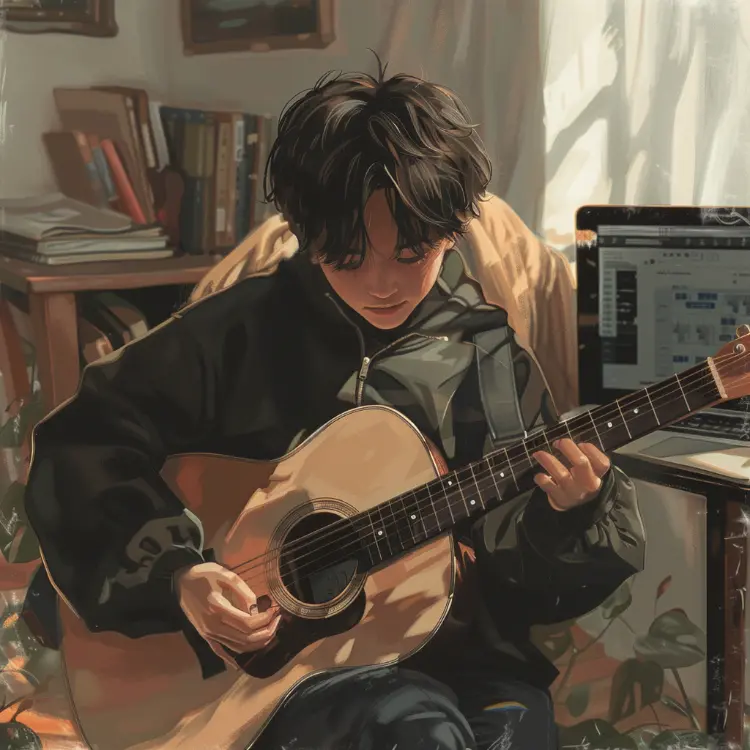Starting your journey with the guitar requires more than just an instrument. You'll need a six-string guitar, light gauge picks, patience, a passion for music, and a strong desire to learn. Keeping your fingernails short is crucial for better sound quality and easier note holding.

Learning to play the guitar is a rewarding experience that combines technical skill with creative expression. While the guitar is one of the most versatile instruments, mastering it takes time and dedication. Here are some essential tips to help you get started on your path to becoming a proficient guitarist.
Learning the guitar requires patience and a genuine love for music. The journey may be challenging, but the rewards are worth the effort.
Tuning your guitar is crucial for producing a pleasant sound. Initially, this may be challenging, but it becomes easier with practice.
Guitar tabs are a simplified form of musical notation specifically for guitarists. They visually represent the strings and frets, making it easier to learn songs.
A mnemonic can help you remember the string order. For example, "Every Body Gets Dinner At Eight" corresponds to the strings E, B, G, D, A, E.
Chords are groups of notes that sound harmonious when played together. Practice transitioning between chords smoothly while maintaining rhythm.
Learning the guitar should be an enjoyable experience. Celebrate small victories and keep practicing regularly.
Mastering the guitar is a journey filled with challenges and rewards. With the right equipment, proper technique, and consistent practice, you can achieve your musical goals. For more detailed lessons and resources, consider exploring online guitar lessons from reputable sources.
Imagine how fulfilling it will be to play your favorite songs on the guitar! For more detailed lessons and resources, check out Guitar Lessons Online.

Mastering Bass Guitar Scales for Beginners
Learning bass guitar scales is a fundamental step for any aspiring bassist. Scales are groups of musical notes that create unique sounds and feelings, providing a framework for composition and improvisation. Mastering these scales not only strengthens your fingers and improves dexterity but also deepens your understanding of the relationships between different notes.
Mastering the Basics of Playing a Guitar
Learning to play the guitar might seem intimidating at first, but with consistent practice and the right approach, it becomes an enjoyable and rewarding experience. This guide will walk you through the essentials, from holding the guitar correctly to mastering basic chords and strumming techniques.
Essential Tips for Maintaining Your Guitar
Proper guitar maintenance is crucial for ensuring your instrument remains in top condition and delivers the best sound quality. Whether you're a seasoned professional or a beginner, taking care of your guitar is a responsibility that should not be overlooked.